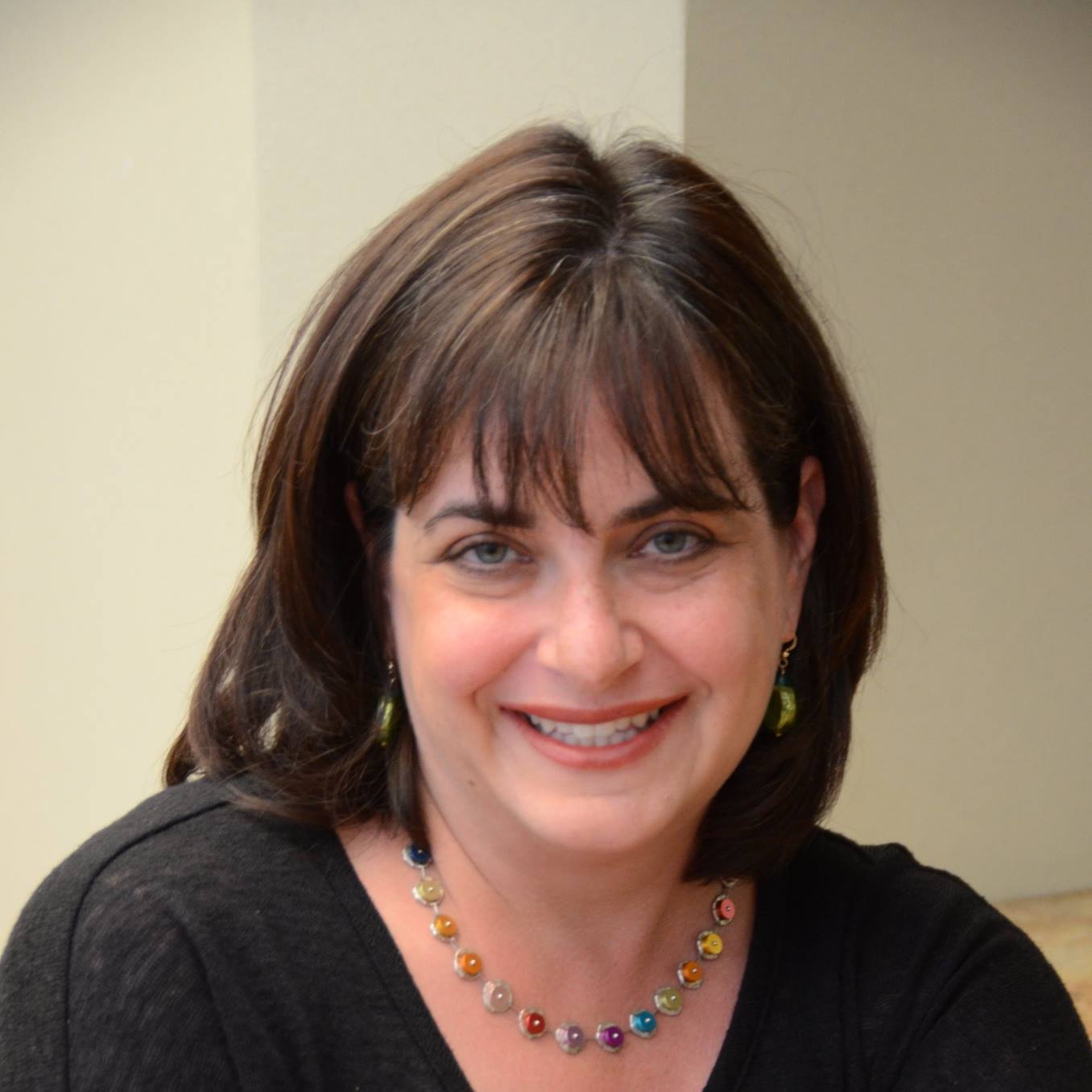Was Her Sister’s Life Too High A Price?
For decades, Anna (Wajcblum) Heilman struggled with the question of whether she and her sister Esther had done the right thing. If smuggling little packets of gunpowder out of the munitions factory near Auschwitz had really made a difference. If putting their lives in danger for a lost cause had served any purpose.
“There is no question in my mind that when you meet with adversity in life, you have to stand tall, and you have to do what is right, because you can’t divorce yourself from yourself,” she said in her 1996 interview with USC Shoah Foundation. “By the same token, I paid too big a price. Perhaps if we weren’t so ‘right,’ my sister would still be alive.”
Anna published her memoirs in 2001 and is one of many brave women featured in Judy Batalion’s new book, The Light of Days: The Untold Story of Women Resistance Fighters in Hitler’s Ghettos. Batalion will speak about Anna and others on June 16 at a USC Shoah Foundation event held in partnership with Writers Bloc and Holocaust Museum LA.
Anna (Hanka) was 11 when World War II started, and she and her once upper-crust, highly assimilated Jewish family endured German bombing, hunger, and murder on the streets of Warsaw. Her oldest sister, Sabina, escaped to the east at the beginning of the war.
In the Warsaw Ghetto, Anna became involved with HaShomer HaTzair (The Young Guard) youth movement, teaching Polish to Jewish children and posting notices calling Jews to an armed rebellion. During the Warsaw Ghetto Uprising in April 1943, she and her older sister Esther ran through gunfire and burning streets to bring messages to other resistance fighters.
Anna and her family were arrested in May 1943 and transported by cattle car to the Majdanek death camp near Lublin. Her parents were murdered in the gas chamber on arrival. Anna and Esther were sent to dig up horseradish in the fields, and a few months later transferred to Auschwitz-Birkenau.
In their lice-infested, overcrowded barracks, Anna and Esther became part of a group of young women and teenaged girls who lifted each other’s spirits by sharing any news they could gather and by singing Zionist songs and dreaming of Israel. Eventually they planned a revolt, at first stealing rakes and hoes to use as weapons. They then moved on to bigger plans.
At the Weichsel-Union-Metallwerke munitions factory where the young women were assigned to work, Esther wrapped small packets of gun powder in a rag which she then bound with twine. Then Anna would come around to collect the packets in a garbage bin. Back at her workstation, Anna would tuck the stash into the hem of her dress, or would go to the restroom to transfer the gunpowder to other girls for the three kilometer walk back to Birkenau. From there, the gunpowder was smuggled to the Sonderkommandos–Jewish prisoners tasked with moving bodies from the gas chambers to the crematoria.
On Oct. 7, 1944, the Sonderkommandos managed to blow up one of the four crematoria before the Germans crushed the revolt. Nearly 250 prisoners died during the fighting and guards executed another 200. The Sonderkommandos involved in the revolt were killed.
The Germans quicky traced the source of gunpowder and, after a cursory investigation, Anna’s sister Esther Wajcblum, Roza Robota, Ala Gertner, and Regina Safirsztain were found guilty. But the group never gave up any other names.
The four girls were hanged on January 5, 1945. Esther was just shy of her 20th birthday.
Just weeks after the execution, Anna, then 16, was sent on a death march before the Red Army liberated Auschwitz. Anna was too depressed to move, but her friend Marta encouraged her on. A few months later, they were liberated from a small labor camp near Hamburg. Marta and Anna made their way to Belgium, and then Anna moved to Israel, where she was reunited with her older sister, Sabina. She became a social worker, married, and had two children. Her family moved to Ottawa in 1960.
Anna didn’t speak of her war experience until Marta visited her in Ottawa in 1988 and encouraged her to talk.
“Since Marta came to talk to me, I didn't stop talking,” Anna said in her testimony. “It tears me apart, but I do it because I want to believe that through the process of education, these young people will prevent the evil that was done, and can be done, and is being done.”
Heilman and others worked to erect memorials and plaques for her sister and the three other women at Auschwitz, Yad Vashem in Jerusalem, the United States Holocaust Memorial Museum in Washington, D.C., and a bicycle factory in Germany run by the same directors who had ran the Union Munitions Factory.
Heilman, who died in 2011, was proud of Esther and of her own role in fighting the Nazis.
“The world is not going to change unless we believe in changing the world, but we have to pay a very, very high price,” she said. “I know that for me, the answer is to stand for what I believe in.”
Join author Judy Batalion, in conversation with Nancy Spielberg, to learn more about Batalion's new book The Light of Days: The Untold Story of Women Resistance Fighters in Hitler’s Ghettos.
In this event hosted by USC Shoah Foundation, in partnership with Writer's Bloc and Holocaust Museum LA, Batalion will unveil countless stories of ingenuity, ferocity, and daring by girls and young women who fought the Nazis in Hitler’s ghettos in Poland. Click here for more info and to register.
Watch Anna Heilman's full-lenght testimony in the Visual History Archive online .
Read about resistance fighters Faye Schulman and Vladka Meed.
